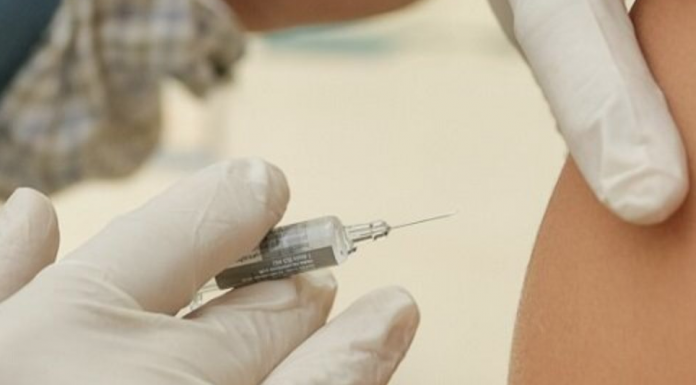FOX NEWS – Two new Israeli studies into the efficacy of the Pfizer coronavirus vaccines suggest that the vaccine greatly reduces virus transmission.
Both studies require further confirmation and peer-review, but the results indicate a significant reduction for transmission of both symptomatic and asymptomatic spread.
The newest study, published Friday in British medical journal The Lancet, showed an 85 percent reduction in symptomatic COVID-19 within 15 to 28 days, with an overall reduction of infections – including asymptomatic spread – of 75 percent.
Michal Linial, professor of molecular biology and bioinformatics at Jerusalem’s Hebrew University, said the findings were a big step forward.
“Whether it is 75 or 90 percent reduction doesn’t matter – it is a big drop in transmission,” Linial told Reuters … Click source below to read more.
What Your Blood Type Reveals About Your Covid Risk
Early rate reductions of SARS-CoV-2 infection and COVID-19 in BNT162b2 vaccine recipients
February 18, 2021
THE LANCET – In December, 2020, the Israeli Government approved the BNT162b2 COVID-19 vaccine and initiated a national immunisation campaign prioritising health-care workers (HCWs), as in other countries.
This campaign coincided with a third wave of COVID-19, peaking at 10 116 daily new cases by mid-January, 2021.
The Sheba Medical Centre, Israel’s largest hospital with 9647 HCWs, began staff vaccination on Dec 19, 2020. All HCWs, excluding those with previous SARS-CoV-2 infection, were eligible for vaccination.
Clinical trial data of BNT162b2 vaccine estimated an early vaccine efficacy in preventing COVID-19 of 52·4% before dose two, and 90.5% on days 2–7 after dose two.
A recent analysis of BNT162b2 vaccine data estimated vaccine efficacy of 89–91% during days 15–28 after the first dose.
We examined early reductions in SARS-CoV-2 infection and COVID-19 rates in vaccinated HCWs.
To assess vaccine-associated rate reductions we analysed a retrospective cohort of 9109 vaccine-eligible HCWs, comparing vaccinated versus unvaccinated.
Active daily symptom reporting and immediate same-day testing allowed for prompt (<24h) detection and investigation of exposed or symptomatic HCWs.
We defined all HCWs with positive SARS-CoV-2 PCR at Sheba Medical Centre or in the community as cases of SARS-CoV-2 infection.
All SARS-CoV-2-infected HCWs were contacted by infection control staff and requested to respond to a contact tracing questionnaire and a clinical questionnaire specifically regarding COVID-19 symptoms.
Symptomatic HCWs were defined as COVID-19 cases. We used the number of days each HCW was unvaccinated or days after the first dose as follow-up time.
Rate ratios and 95% CIs associated with time after first-dose administration were adjusted for community exposure, using the distribution of probability of a positive contact by means of Poisson regression.
The adjusted estimates were subtracted from 1 to obtain rate reductions.
By Jan 24, 2021, of the 9109 eligible staff, 7214 (79%) had received a first dose and 6037 (66%) had received the second dose. 5505 (91%) fully vaccinated HCWs received the second dose on days 21 or 22 after the first dose. 6818 (95%) HCWs were vaccinated at Sheba Medical Centre.
All employees vaccinated in the community (n=396) were required to report dates of first and second dose to the Human Resources department at Sheba Medical Centre.
Overall, there were 170 SARS-CoV-2 infections among HCWs in the period between Dec 19, 2020, and Jan 24, 2021, of which 99 (58%) HCWs reported symptoms and were designated as COVID-19 cases.
Of the 170 HCWs who became infected, 89 (52%) were unvaccinated, 78 (46%) tested positive after the first dose, and three (2%) tested positive after the second dose.
Among the 125 infections that could be traced, 87 (70%) were community acquired and there were no nosocomial clusters.
Compared with a SARS-CoV-2 infection rate of 7·4 per 10 000 person-days in unvaccinated HCWs, infection rates were 5·5 per 10 000 person-days and 3·0 per 10 000 person-days on days 1–14 and 15-28 after the first dose of the vaccine, respectively.
Adjusted rate reductions of SARS-CoV-2 infections were 30% (95% CI 2–50) and 75% (72–84) for days 1–14 and days 15–28 after the first dose, respectively … Read more.



